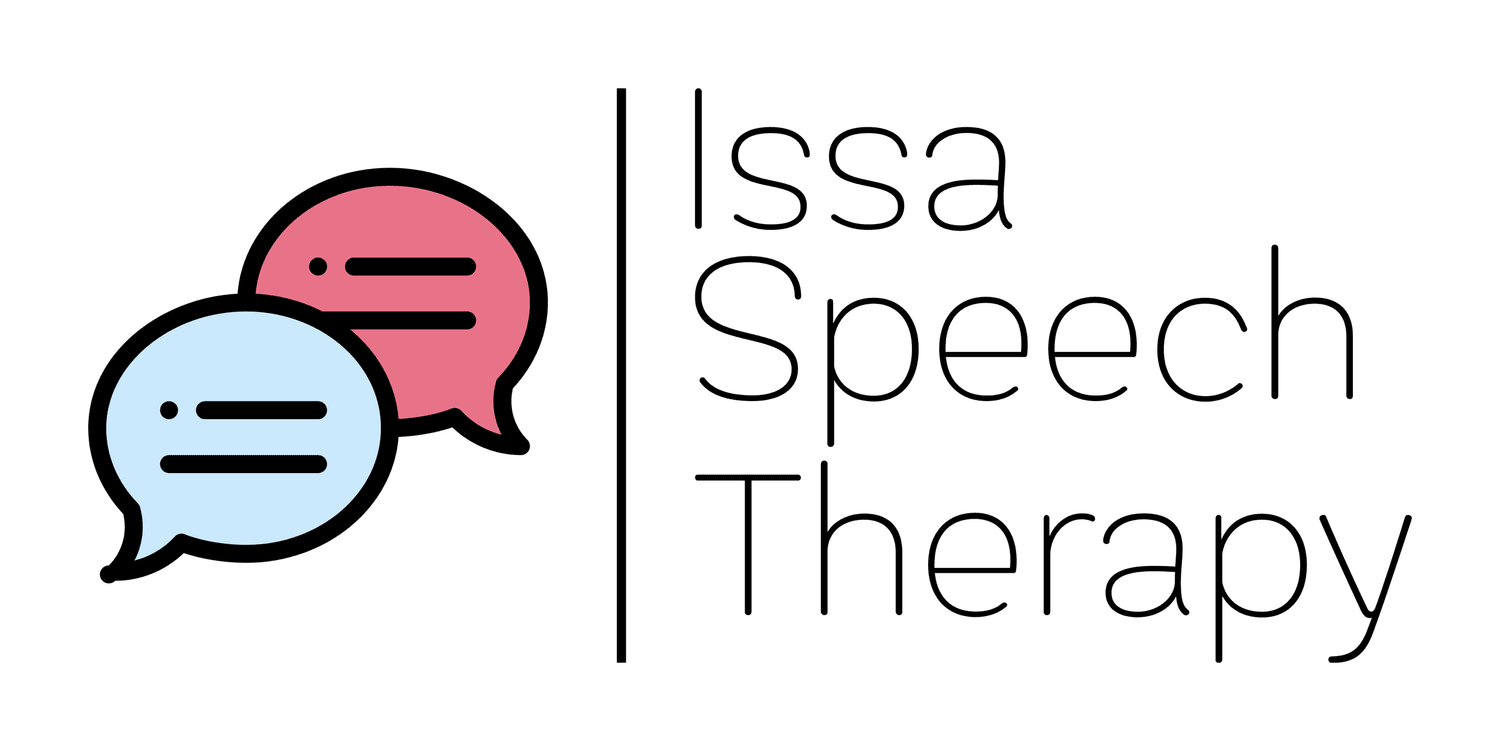
Aphasia
Causes, types, treatment, and communication tips for aphasia

What is Aphasia?
Aphasia is a communication disorder that affects a person's ability to understand and produce language. It typically occurs as a result of damage to the parts of the brain responsible for language processing, such as the left hemisphere. The causes of aphasia can include strokes, brain tumors, traumatic brain injuries, and degenerative neurological conditions like Alzheimer's disease.
What Are The Different Types of Aphasia?
There are different types of aphasia, including:
Expressive aphasia (Broca's aphasia): People with this type of aphasia have difficulty producing speech. They may experience difficulty finding the right words, speaking in short and fragmented sentences, and struggle with grammar and sentence structure.
Receptive aphasia (Wernicke's aphasia): Individuals with receptive aphasia have difficulty understanding spoken or written language. They may speak fluently, but the sentences may not make sense, and they might include made-up words or irrelevant information.
Global aphasia: This is the most severe form of aphasia, affecting both the ability to produce and understand language. People with global aphasia have difficulty speaking and understanding words or sentences.
Anomic aphasia: Individuals with anomic aphasia have trouble with word retrieval and finding the right words to express themselves. They may experience tip-of-the-tongue moments and rely on circumlocution (describing the word rather than using it directly).
Treatment for Aphasia
Treatment for aphasia focuses on improving language skills and communication abilities. Speech and language therapy is a common approach, tailored to the individual's specific needs. Therapists may use various techniques, such as:
Language exercises: These exercises target specific language skills, such as word retrieval, sentence construction, and comprehension.
Cognitive-linguistic therapy: This therapy aims to improve memory, attention, problem-solving, and other cognitive abilities related to language.
Augmentative and alternative communication (AAC): For individuals with severe aphasia, AAC methods like picture boards, electronic devices, or speech-generating devices can help facilitate communication.
Group therapy: Group sessions provide opportunities for social interaction and practicing communication skills in a supportive environment.
Tips:
In addition to therapy, here are some communication tips for interacting with someone with aphasia:
Be patient and give them time to express themselves. Avoid interrupting or finishing their sentences.
Use simple and straightforward language. Speak slowly and clearly, but maintain a natural tone.
Use visual aids, gestures, and facial expressions to enhance understanding.
Allow for alternative communication methods, such as writing, drawing, or using AAC devices, if necessary.
Maintain eye contact and show active listening through nods, smiles, and other nonverbal cues.
Encourage and support their communication efforts, focusing on understanding their message rather than correcting errors.
Remember that aphasia affects each person differently, so it's essential to be flexible and adapt your communication style to their needs.
How Is Aphasia Diagnosed?
Aphasia is typically diagnosed through a comprehensive evaluation conducted by a speech-language pathologist (SLP) or a neurologist specializing in language disorders. The diagnostic process may involve the following steps:
Case History: The clinician will gather information about the individual's medical history, including any known brain injuries, strokes, or other conditions that may have caused the aphasia.
Interviews: The clinician will interview the person with suspected aphasia, as well as family members or close friends who can provide additional information about changes in language abilities and communication difficulties.
Language Assessment: The clinician will administer a series of tests and tasks to evaluate various aspects of language function. These may include assessments of comprehension, verbal expression, reading, and writing abilities. The specific tests used may vary depending on the suspected type and severity of aphasia.
Neurological Examination: The clinician may conduct a neurological examination to assess other cognitive functions and rule out any additional neurological conditions that could contribute to language difficulties.
Imaging Techniques: In some cases, neuroimaging techniques such as MRI (Magnetic Resonance Imaging) or CT (Computed Tomography) scans may be conducted to identify any structural abnormalities or brain lesions that may be associated with aphasia.
Classification: Based on the assessment results, the clinician will classify the type and severity of aphasia, considering factors such as fluency of speech, comprehension abilities, and specific language impairments.

